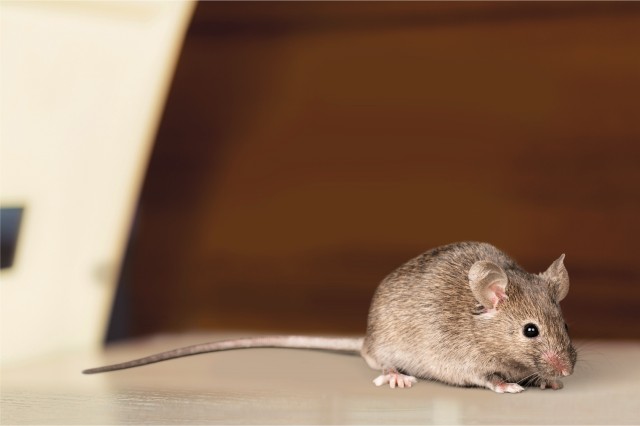Food-grade Pest Management Tools That Ensure Safety and Efficiency
Share
In today's world, where cleanliness and safety are of paramount importance, food-grade pest management tools have become essential in ensuring that food production and storage environments remain free of pests. These tools are particularly significant because they are designed to control pests without contaminating the food, supporting both health regulations and consumer trust.
The primary keyword of our discussion, food-grade pest management tools, is central to this need. The industry has seen a surge in demand for solutions that not only manage pests effectively but also comply with stringent safety standards. Such tools ensure that our consumable goods are free from the adverse effects and potential contamination caused by pests.

The Importance of Food-grade Solutions
Having food-grade solutions means prioritizing the health and well-being of consumers. The tools and processes used must adhere to standards that prevent any harm from coming to the food products being protected. This includes utilizing substances and technologies that are safe in the proximity of consumables. For more information on the significance of these tools in the food industry, you can read an insightful piece on Pest Control Technology in the Food Industry.
Top Food-grade Pest Management Tools
Several innovative tools have emerged, each engineered to address specific challenges in pest management. A key player in this field focuses on integrated management systems that combine multiple strategies to maintain safety standards. These strategies include mechanical traps, biological controls, and specific chemical agents that do not compromise food safety.
Additionally, pest prevention devices and pest monitoring systems have been deployed extensively in the food sector. For those who want to learn more about the role of advanced systems in pest management, you can explore this article about pest prevention devices.
Mechanical and Biological Tools
Mechanical tools such as traps and barriers are essential because they offer a non-chemical solution for pest management. These devices physically capture or deter pests, making them ideal for environments with strict chemical control regulations. Similarly, biological controls, which use natural predators or pathogens to manage pest populations, offer an environment-friendly alternative to chemical interventions.
Chemical Solutions
While chemical solutions are often essential, it's crucial that they are designed to be food-grade. This means they need to be safe if they come into contact, even tangentially, with food products. New advancements are continually being developed to create chemical solutions that are highly effective while posing minimal risk to food safety.
Innovations in Pest Management
Trends like AI-based systems are transforming how we handle pest control, offering more precision and efficiency. These systems allow for real-time monitoring and quick responses, minimizing the impact of pest infestations. You can read more about the AI advancements in pest control.
Implementing Food-grade Pest Management Practices
Effective implementation involves regular monitoring and maintenance of pest management tools. It requires a comprehensive understanding of the specific needs and vulnerabilities of each food production or storage area. Educating staff and continuous review of pest control strategies is necessary to ensure optimal performance.
Combining different methods may provide the best outcome in managing pests. This integrated approach, often termed Integrated Pest Management (IPM), is crucial in balancing efficiency with food safety. Explore how pest monitoring systems can enhance IPM in this detailed exploration.
Case Studies and Real-life Applications
Several case studies highlight the success of food-grade pest management in diverse settings. From breweries to large-scale food processing plants, each case offers valuable insights into best practices. For example, exploring the latest rodent control innovations in breweries provides practical perspectives.

FAQs on Food-grade Pest Management Tools
What makes a pest management tool food-grade?
Food-grade pest management tools are designed to be safe if they come into contact with food. They should not contain harmful substances that could cause contamination.
How often should pest control be conducted in food facilities?
The frequency depends on the risk level of the premises, but typically, it should be conducted at least monthly to prevent infestations.
Are there regulatory standards for food-grade pest management?
Yes, there are regulations and guidelines laid out by food safety authorities to ensure pest control methods do not compromise food safety. Regular audits ensure compliance with these standards.
This article contains affiliate links. We may earn a commission at no extra cost to you.
